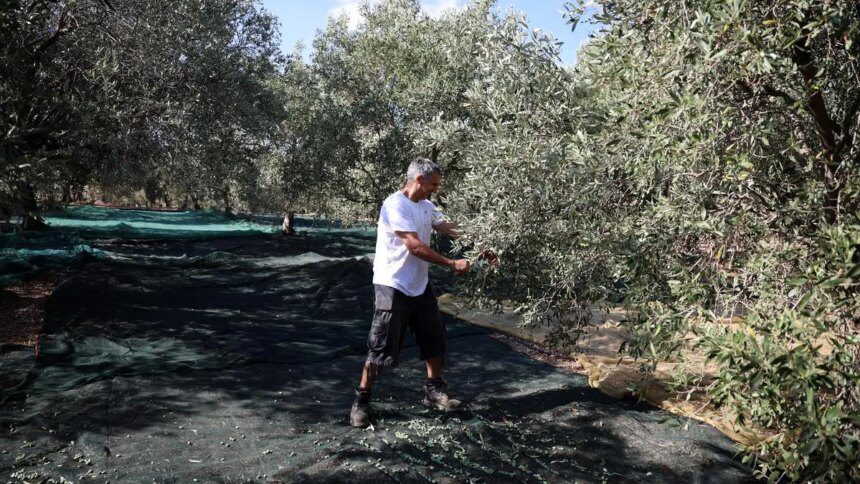A report by RaboResearch has highlighted challenges in the olive oil industry regarding market stability amid escalating climatic pressures. Fluctuations in olive oil production, largely attributed to climate change, have resulted in significant price volatility. After enduring record highs, prices have recently experienced a correction following a production rebound in the 2024-25 season.
This instability stems from unpredictable weather patterns within the Mediterranean region, which accounts for a significant portion of global olive oil production.
Spain’s Smart Recovery
The 2024-25 season marked a notable recovery in olive oil production, particularly in Spain, the world’s leading producer. Production surged to approximately 1.4 million tonnes after two years of severe drought that had driven output below 1 million tonnes. Other Mediterranean nations also reported significant growth: Greece’s production increased by 43% compared to the previous season, Portugal recorded a 21% rise, Tunisia reported a 55% increase, and Turkey saw a remarkable 109% growth.
According to Vito Martielli, Senior Specialist in Grain and Oilseeds at RaboResearch, olive oil prices in Spain fell to EUR 3,200 per tonne in March 2025. In contrast, the price of Italy’s locally produced extra-virgin olive oil remains high, exceeding EUR 9,000 per tonne, creating a substantial premium over Spanish prices.
Long-term Challenges
Despite the decline in international prices facilitating a recovery in global olive oil consumption, particularly in southern European countries, Martielli notes that Spanish prices have risen in recent months due to strong international demand and early estimates for the 2025-26 season, commencing in October.
The Mediterranean basin, which is responsible for about 95% of global olive oil production, is increasingly recognized as a climate change hotspot. This region faces rising temperatures, water scarcity, increased climate variability, and more frequent extreme weather events such as droughts and heatwaves. These factors contribute to unpredictable production outcomes, with Martielli emphasizing that the long-term challenge lies not in falling production levels but rather in growing volatility. Climate variability results in fluctuating harvests, complicating forecasting for production and pricing.
The olive oil industry must address these challenges by adapting orchards to changing environmental conditions, with irrigation being a primary measure of adaptation. Access to fresh water is vital for maintaining yield stability and ensuring the long-term viability of olive orchards. Adaptation strategies should be customized to local conditions and include soil and canopy management, pest control, and the use of climate-resilient varieties.
To mitigate risks, downstream companies can diversify sourcing regions, partner with growers to adopt sustainable practices, and enhance long-term orchard resilience to reduce vulnerability to climate-driven supply shocks.
Published on September 18, 2025.










